5 things you might not know about Singapore’s split with Malaysia, in Separation: Declassified
A new documentary, Separation: Declassified, revisits one of Southeast Asia’s most dramatic political divorces, with assassination plots to personal betrayals revealed in declassified documents and eyewitness accounts.
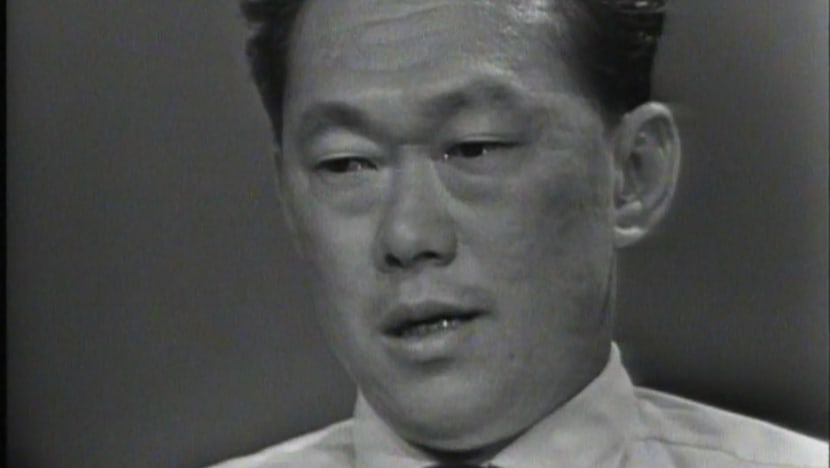
Founding Prime Minister Lee Kuan Yew could not sleep for three nights before Singapore’s separation from Malaysia — and before his tearful moment on television.

This audio is generated by an AI tool.
SINGAPORE: When it was barely a week into independence, Singapore unknowingly stood in the line of fire already.
Declassified Australian diplomatic cables from 1965 reveal that Malaysian leaders had warned Commonwealth allies of a potential “military occupation of Singapore” — if the island should allow an Indonesian consulate or engage in any “funny business” with Beijing or Jakarta.
“I was quite surprised when I first saw this document,” says Abdul Rahman Yaacob, a research fellow in the Lowy Institute’s Southeast Asia programme.
“The fact that Malaysia indicated that it was willing to take military action … (is) a ‘wow’ in the history of Singapore.”
The new nation would have had almost no means of defending itself. It had just two infantry battalions, mostly made up of Malaysians, he cites.
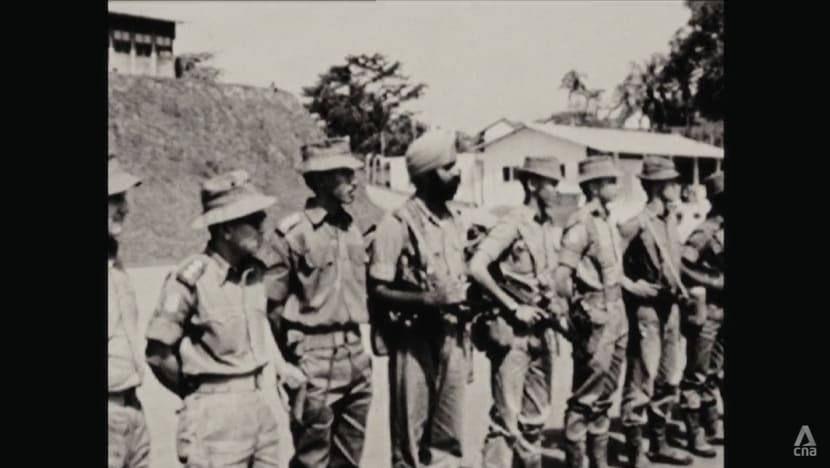
Drawing on private letters, eyewitness accounts and once-secret documents, CNA’s two-part documentary, Separation: Declassified, reveals just how fraught, contingent — and close to violent — Singapore’s independence was. The series will be released this Tuesday.
It reveals how Singapore’s leaders concealed negotiations, even from the British; how the Separation Agreement was hammered out in a haze of midnight drinks; and how nuclear weapons were stashed at Tengah Air Base, hidden from the people they were meant to protect.
“If you’re a Hollywood producer trying to do a political drama, you couldn’t come up with a better script,” quips Han Fook Kwang, who co-wrote Lee Kuan Yew: The Man and His Ideas.
WATCH PART 1: Secrets, betrayals — How Singapore’s split with Malaysia was engineered (46:59)
Here are five things you may have never known about Singapore’s split with Malaysia:
1. HOW SINGAPORE’S DESTINY WAS SIGNED
The legal paperwork for the separation emerged from a night thick with drink and dread.
On Aug 6, 1965, Finance Minister Goh Keng Swee and Law Minister E.W. Barker met Malaysian Deputy Prime Minister Tun Abdul Razak in Kuala Lumpur to finalise the agreement.
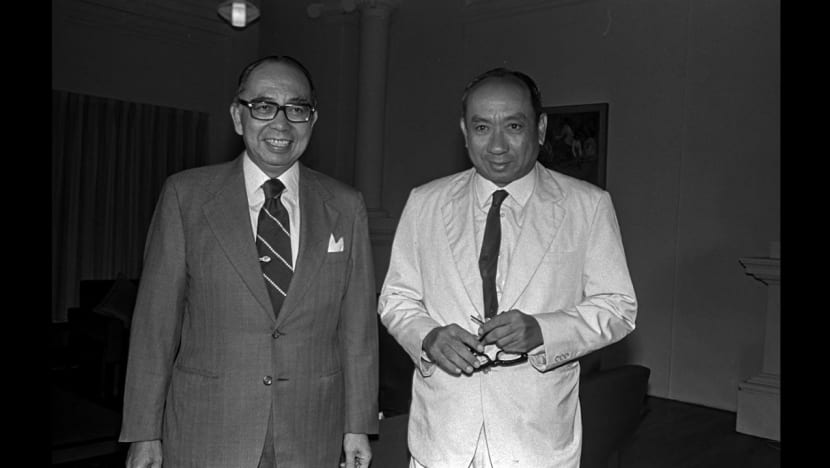
The process “was so slow”, Barker later recalled — as Razak’s typist, unused to legal phrasing, “made so many mistakes” — that help had to be summoned from Singapore House, KL.
Drinks were poured, and the group pressed on. “We ate, and we drank till past midnight. The documents were ready soon thereafter,” Barker said.
Barely anyone bothered to read through the final draft. “I was a little tipsy but decided to read the agreement, lest there be mistakes,” he added.
“Razak asked me what I was afraid of as it was my typist who typed the documents. I stopped reading and signed.”
Prime Minister Lee Kuan Yew later hailed the signing as a “bloodless coup” — a political revolution pulled off “right under the noses of the British”.
2. BRITAIN FOUND OUT ONLY THE NIGHT BEFORE
By the following evening, panic had set in at the British High Commission in KL. Lord Antony Head, the British High Commissioner in Malaysia, had just learnt of a “drastic step” to expel Singapore from Malaysia the next morning.
He jumped into his car and drove around the capital, desperate to confirm the news. At a rooftop restaurant, he finally cornered Malaysian Prime Minister Tunku Abdul Rahman and pleaded for a 24-hour delay.
The Tunku and his colleagues were, as Head later put it, “obstinate in the way of conscious sinners”.
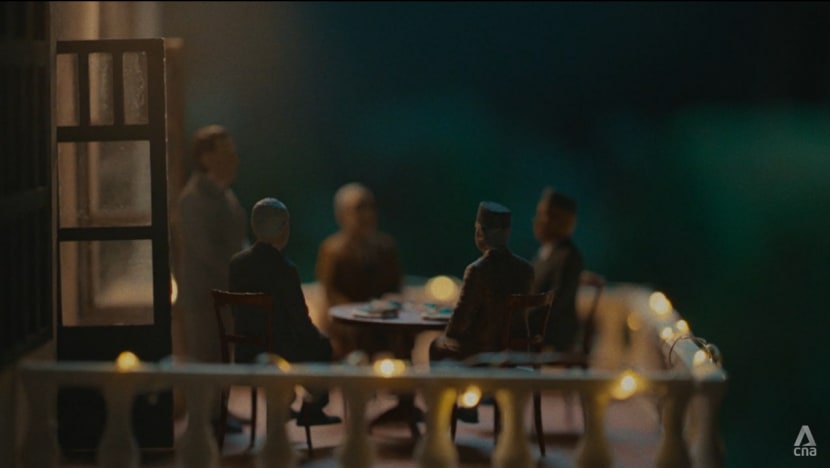
Mark Frost, co-author of Singapore: A Biography, argues that Britain had assumed Lee and the Tunku, both British-educated lawyers, would find common ground. “There’s a misreading by the British of just how different (the two men) are politically,” he says.
While Lee championed a “Malaysian Malaysia” built on meritocracy and multiracial equality, the Tunku’s party, the United Malays National Organisation (UMNO), clung to Malay primacy as the bedrock of the federation.
Through the night, a flurry of urgent telegrams were sent to London in a diplomatic scramble.
The split was deemed such a disaster that British Prime Minister Harold Wilson abandoned his holiday and rushed to government district Whitehall to make sense of the situation, narrates Nicholas White, co-editor of Singapore – Two Hundred Years of the Lion City.
The episode was career-ending for Lord Head, and Britain’s grand regional strategy also lay in ruins.
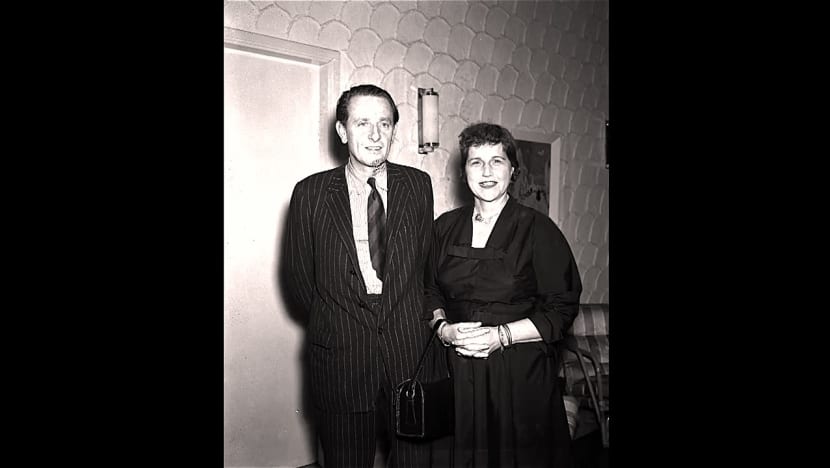
3. LEE KUAN YEW FEARED ASSASSINATION
As for Lee, he believed his life could be in danger as UMNO hardliners agitated against him in the weeks leading up to Singapore’s separation from Malaysia. In a declassified letter, he confided to British officials:
I am much more fearful that one day a Malay will show me a parang, rather than a handshake, than I am that the police will arrive at my house at three o’clock in the morning.”
Security for Lee tightened after the separation. Oxley Road, his family home, was a soft target, not built to withstand an attack. Steel plates were hastily fitted to its windows as bulletproof glass was being made.
Lee and his wife temporarily moved to Changi Cottage, beside a Royal Air Force base, while their children remained in Oxley Road to continue school.
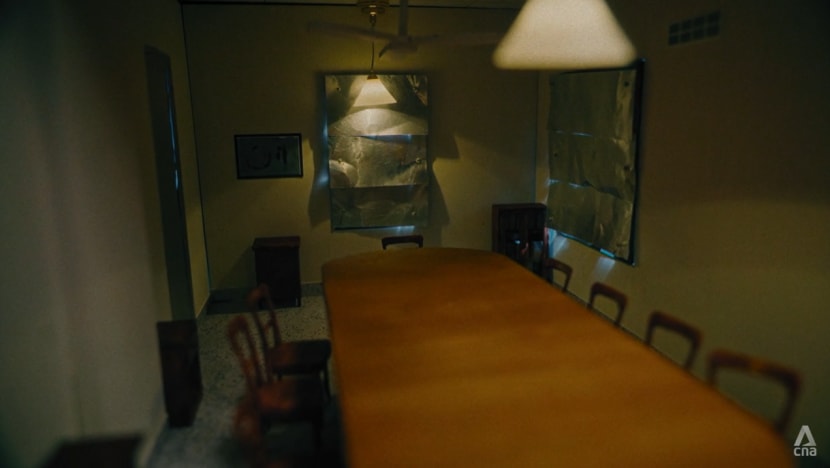
Weeks after independence, his fears nearly materialised. On Aug 26, 1965, police unveiled a plot by the clandestine People’s Revolutionary Party of Singapore, a communist organisation from Jakarta that sought to establish a communist state through armed rebellion.
Its plans included targeted killings of ministers, police officers and, most likely, Lee himself. Police eventually arrested 20 operatives and smashed their rebellion.
“It’s hard for us to envisage the situation, but back then, the entire enterprise of what we now call Singapore could’ve been taken down or taken out by assassination,” says Shashi Jayakumar, founder and executive director of SJK Geostrategic Advisory.
“That would’ve been curtains for Singapore.”
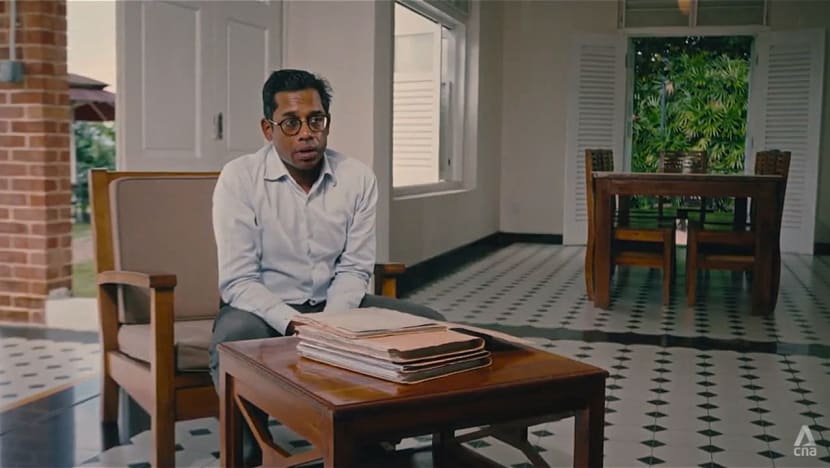
4. LEE’S TEARS WERE ALMOST NEVER AIRED
Today, one of the most indelible images in Singapore’s history is that of a tearful prime minister explaining the separation. But that television moment when Lee broke down almost never made it on air.
He had asked P.S. Raman, the then director of broadcasting at Television Singapura, to cut the footage. Raman urged him to reconsider, and the scene remained.
“It showed Singaporeans that this was a desperate time to the extent that even Mr Lee broke down,” says former Singaporean diplomat Bilahari Kausikan, who was 11 then and Raman’s son. “It’s something that could’ve helped rally people.”
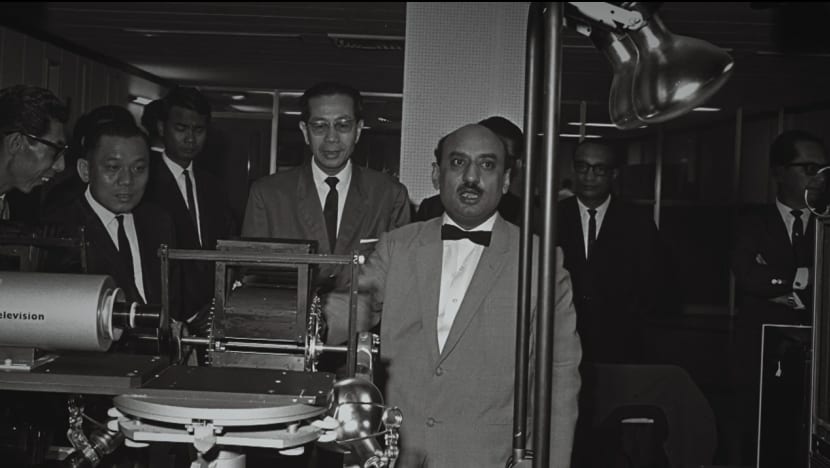
Lee’s tears reflected more than the stress and exhaustion of three sleepless nights. There was also guilt.
“Lee Kuan Yew started crying in the middle of a press interview … because he felt very guilty about leaving so many people behind who believed in him,” says Faridah Stephens, daughter of Sabah’s first chief minister.
Her father, Donald Stephens, was among those who felt abandoned and betrayed. In a letter addressed to “Harry”, he wrote: “Never in my wildest dreams would I have believed that Harry Lee Kuan Yew was a quitter.
“Now I find that the friend, the idol, is made of cheap clay after all.”
WATCH PART 2: How Singapore navigated high-stakes politics after split with Malaysia (46:56)
5. TENGAH AIR BASE HAD A NUCLEAR ARSENAL
Just as the separation came as a bombshell to many people, declassified files now show that there were secrets aplenty in those times. For example, Tengah Air Base was a linchpin in British defence planners’ Cold War nuclear strategy.
As early as 1958, Tengah had been earmarked as the most viable base in the region for hosting V-bombers — aircraft designed to carry nuclear warheads — and countering communist China’s growing power.
“If we are to retain our position in the Far East, … it is essential that V-bombers … should be capable of operating from Singapore,” one memo declared. “No other airfield in the area would satisfy this requirement.”
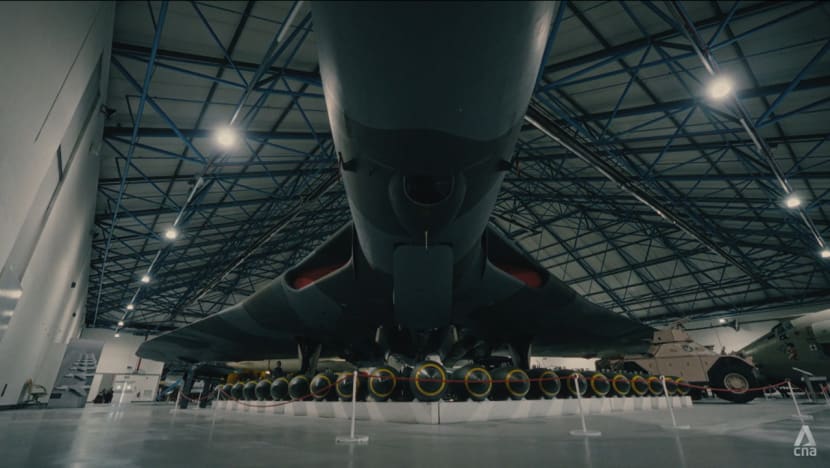
By the time of merger, the plan was reality. A declassified 1963 document states: “Nuclear weapons were already available in Singapore.”
Crews were trained to handle them, but secrecy was absolute. British officials were told to display “dummy weapons” if questioned and to offer “no comment” if pressed.
Even the Tunku was kept in the dark. The political fallout of admitting, even to local leaders, that Singapore had become a nuclear outpost would have been too high.
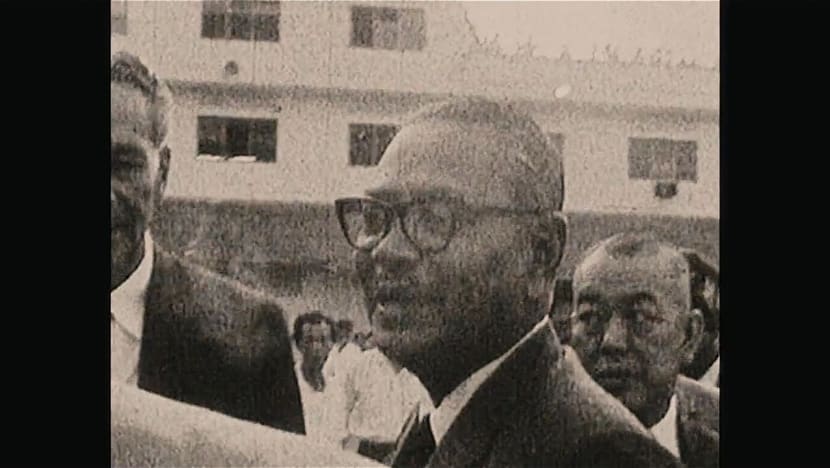
The separation in 1965 unnerved London. Overnight, some of Britain’s deadliest weapons could have been sitting on the soil of a fragile, newly independent state.
Six years later, most British troops had withdrawn. But what became of those nuclear warheads, and how long they stayed, remains unknown to this day.
Catch part one and part two of Separation: Declassified on CNA Insider’s YouTube page. Or watch the TV premiere this Wednesday at 9pm.





















